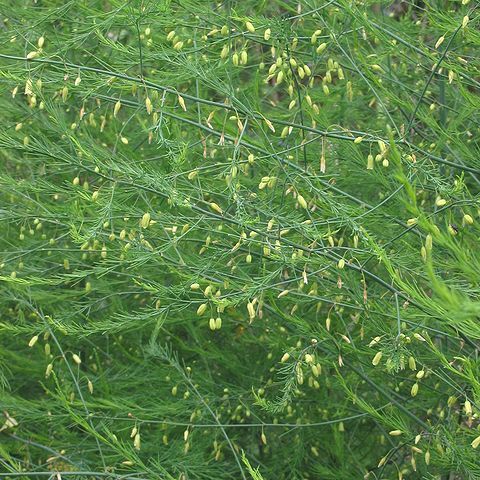Evergreen perennials; rootstock usually a rhizome. Leaves usually crowded at base or top of stem, entire or with prickly teeth on margins. Flowers bisexual or (not in Australia) unisexual, regular or somewhat zygomorphic, racemose, paniculate, spicate or in a thyrse, usually on a scape. Sepals 3, petals 3, unequal to about equal, free or united in a tube. Stamens 6; filaments filiform or thickened towards base, inserted on perianth; anthers introrse, linear to oblong, 2-locular. Ovary superior or inferior, 3-locular, placentas axile; ovules solitary to numerous in each locule. Fruit a capsule or berry. Seeds occasionally compressed, with fleshy endosperm surrounding small embryo.
Pending.

